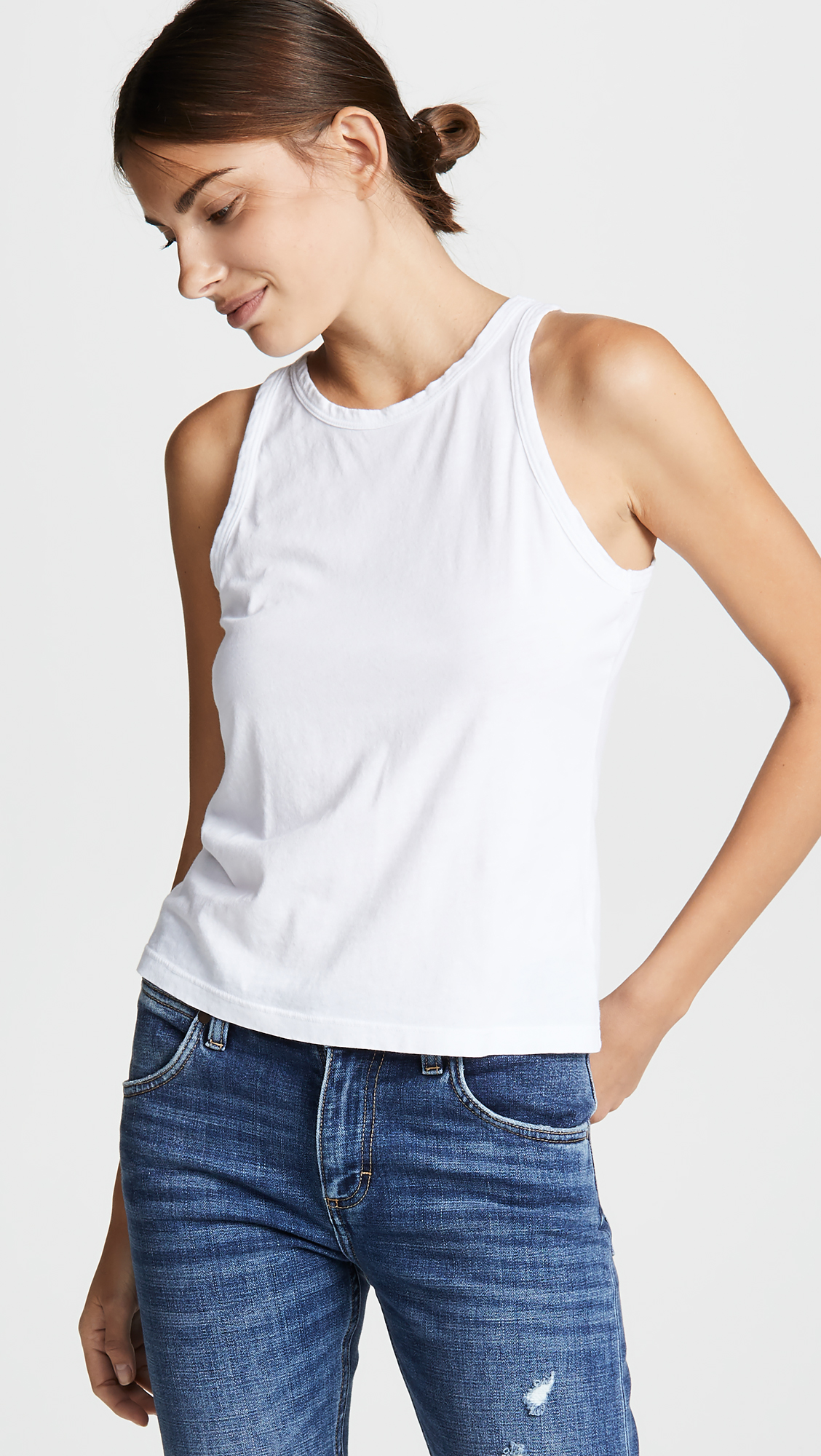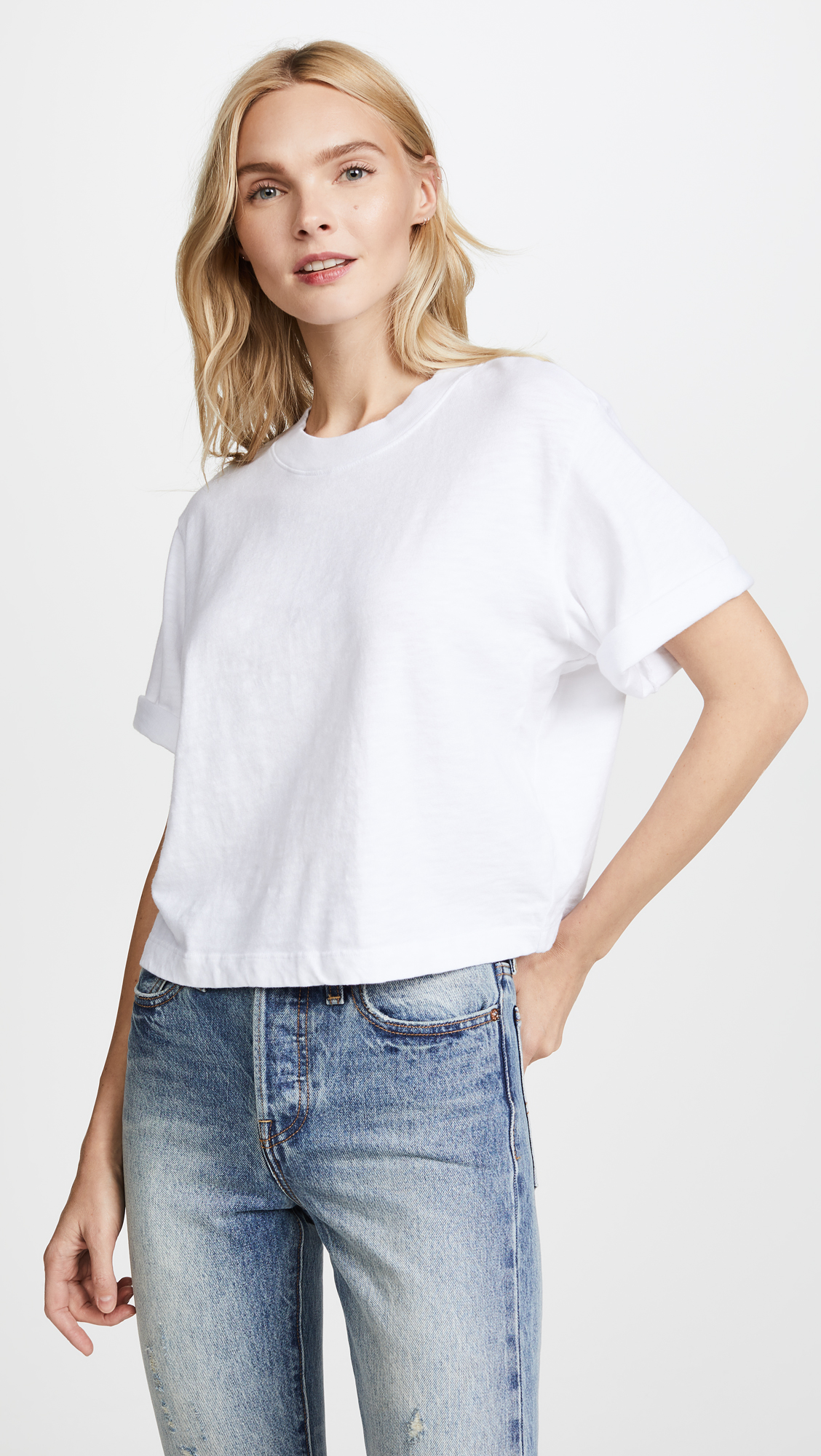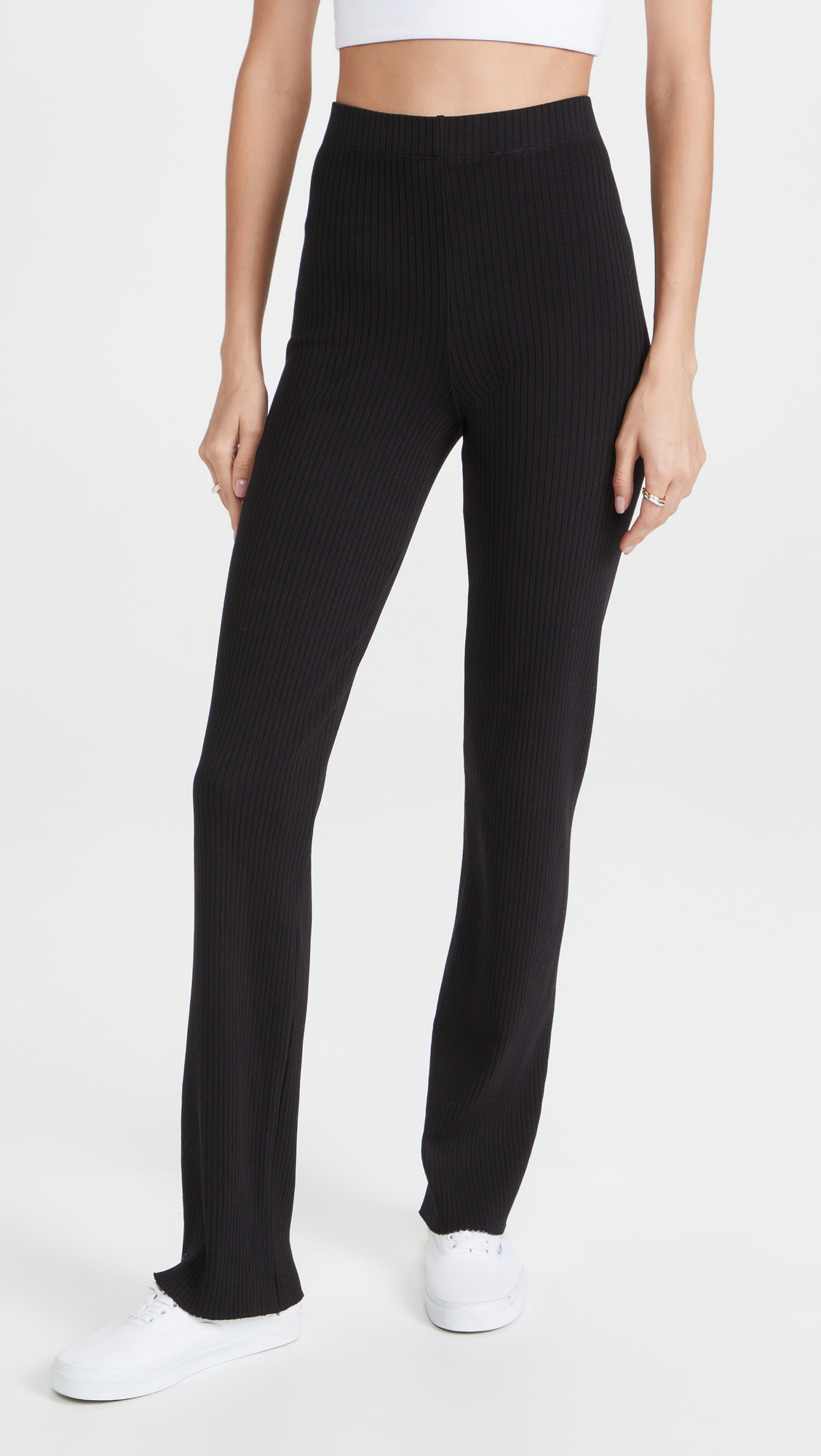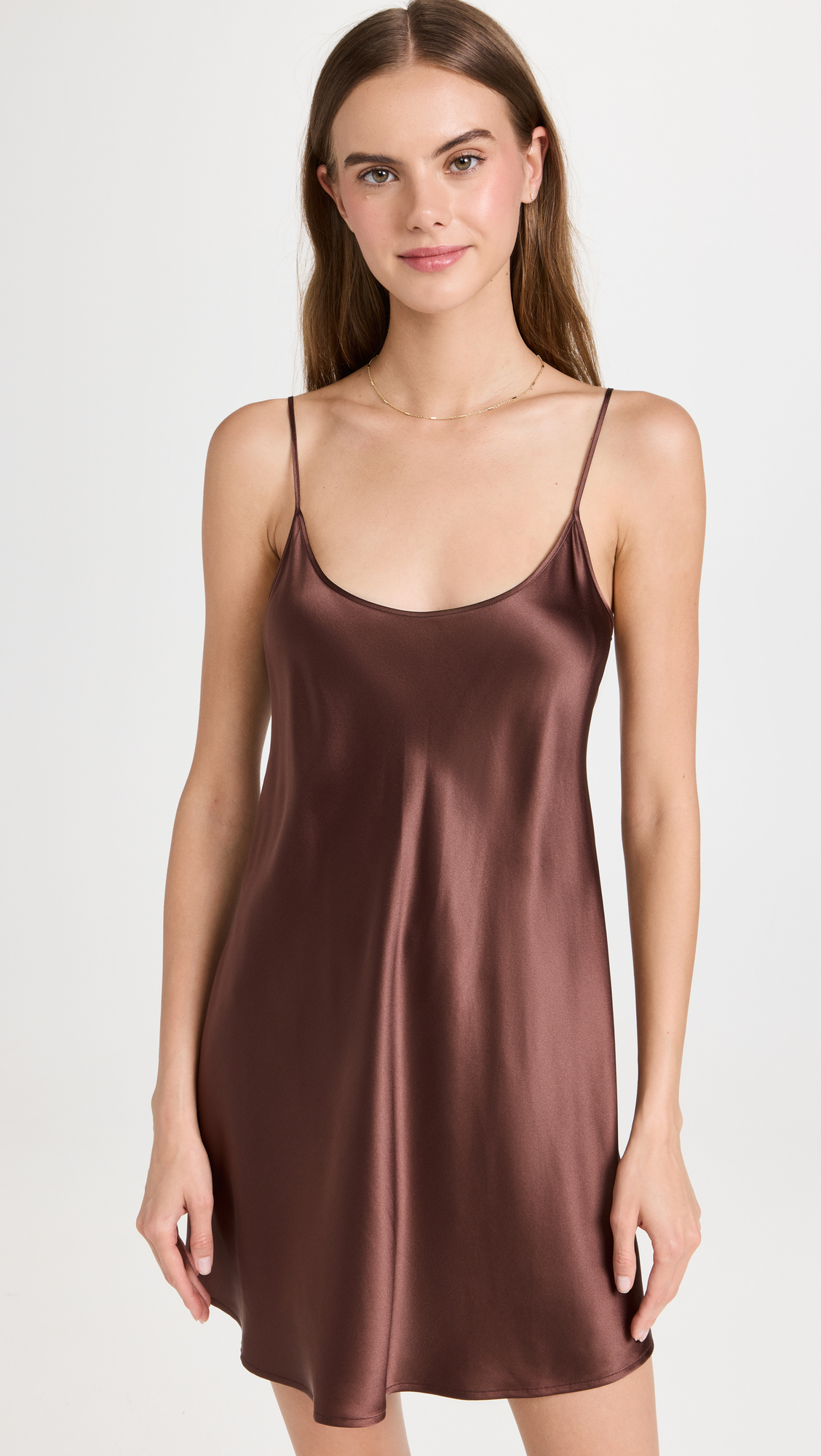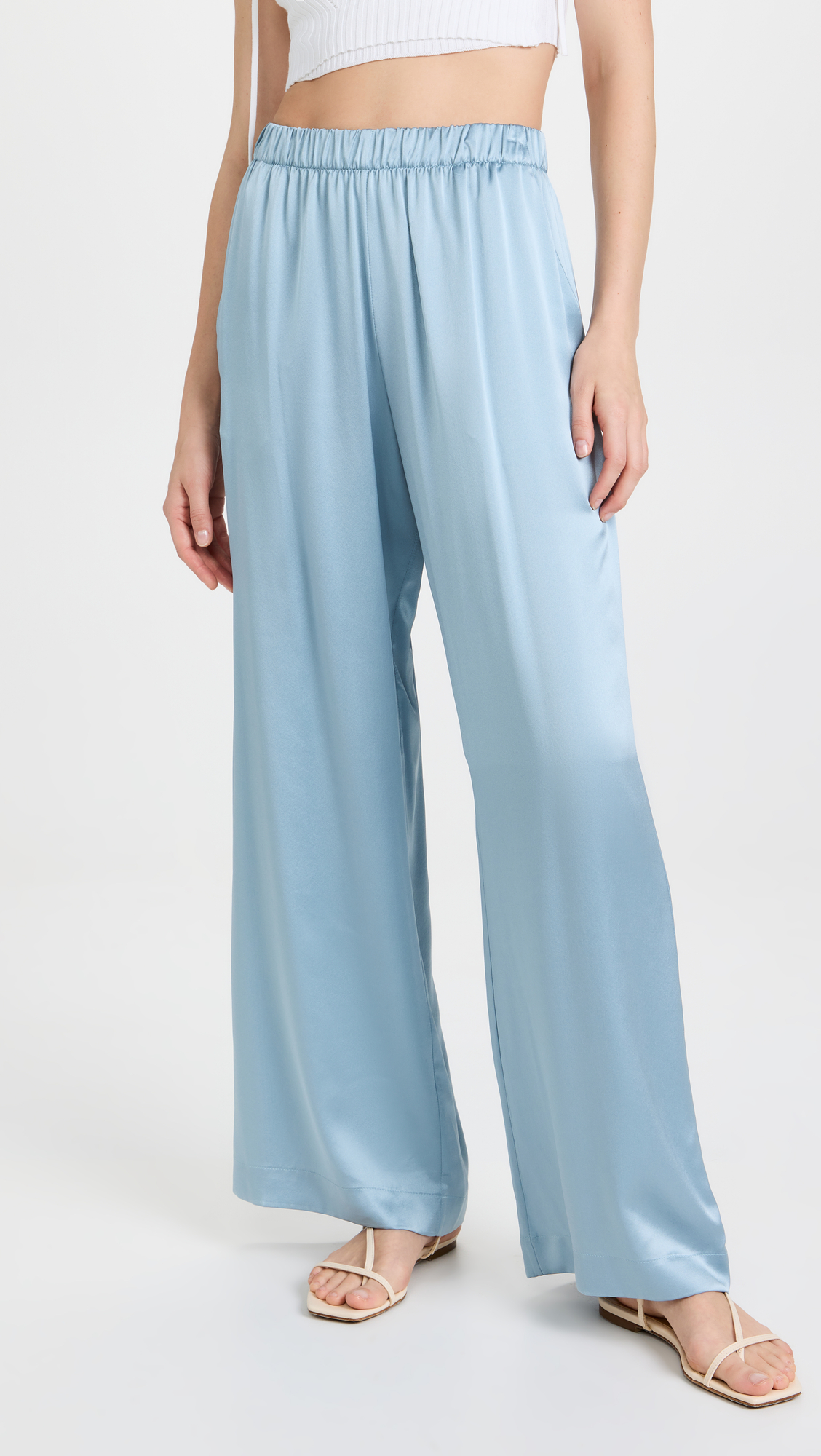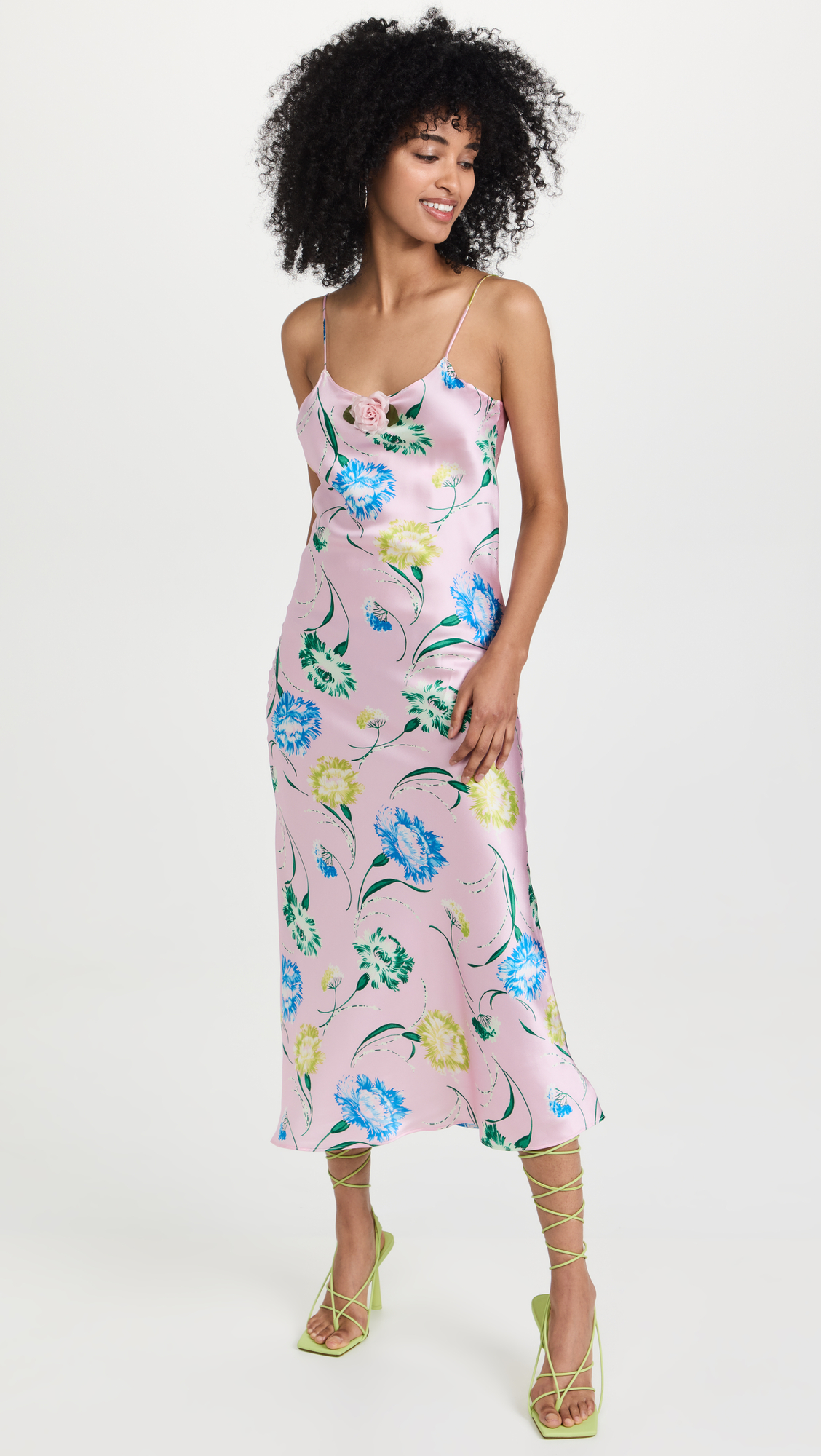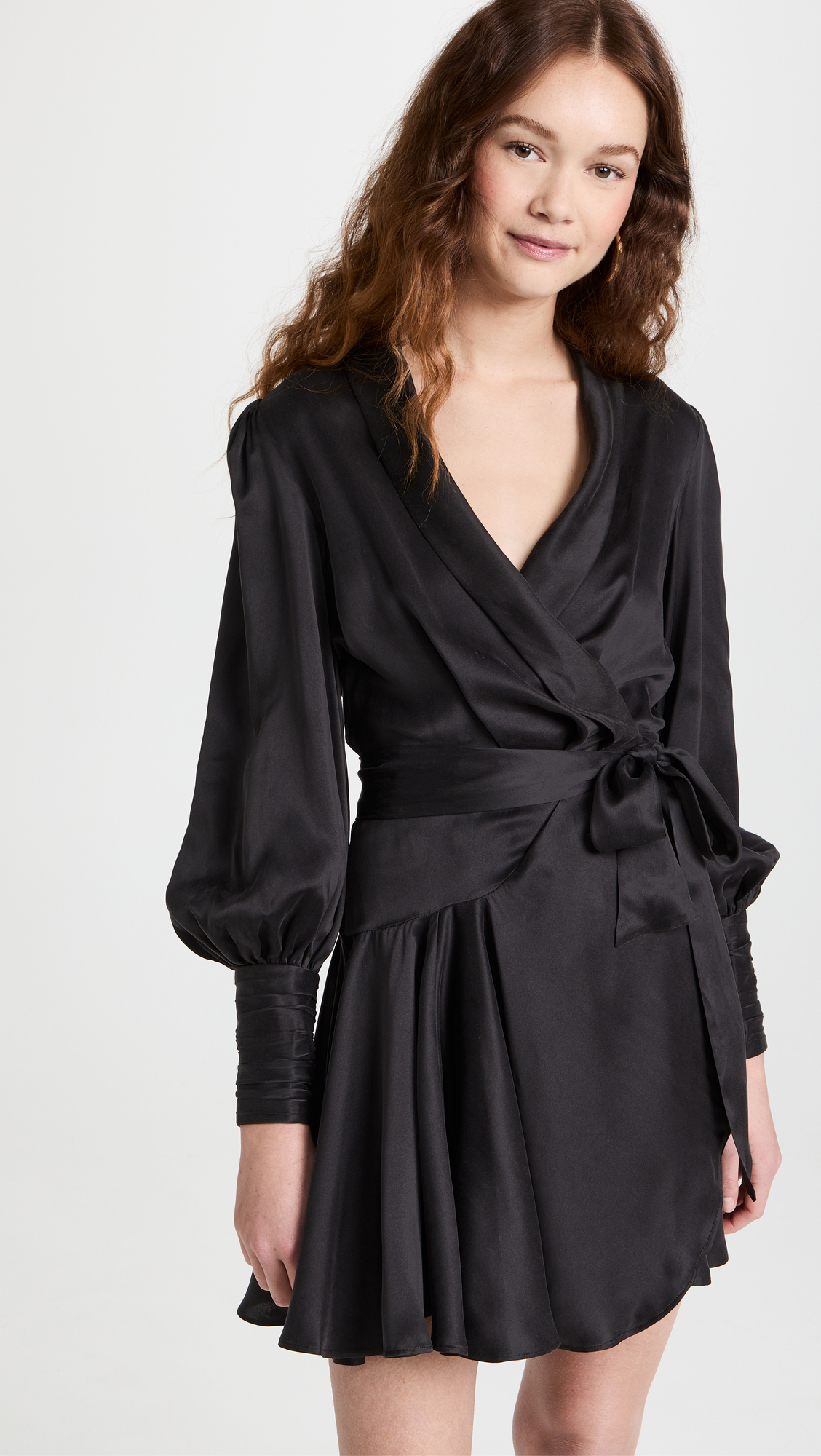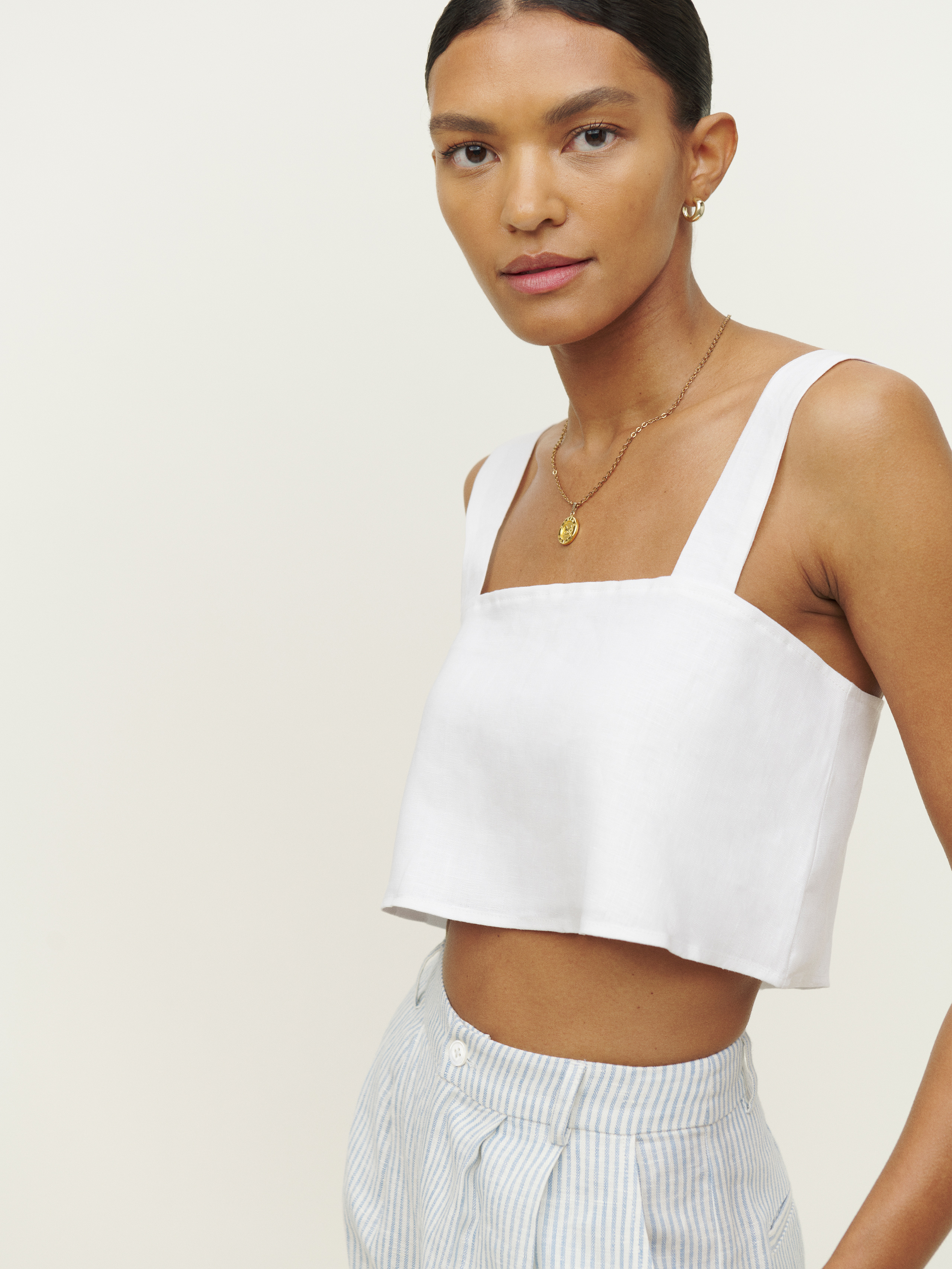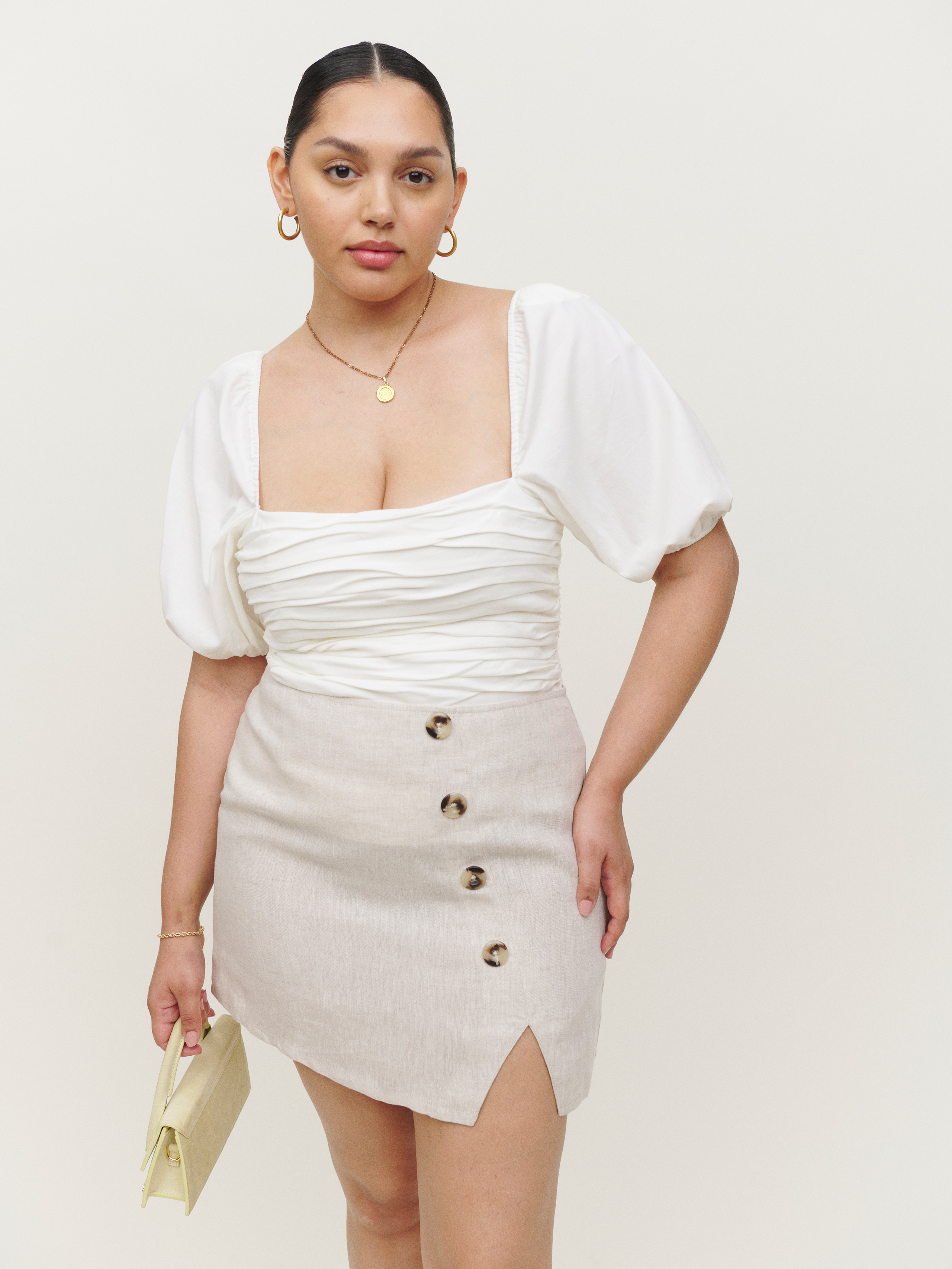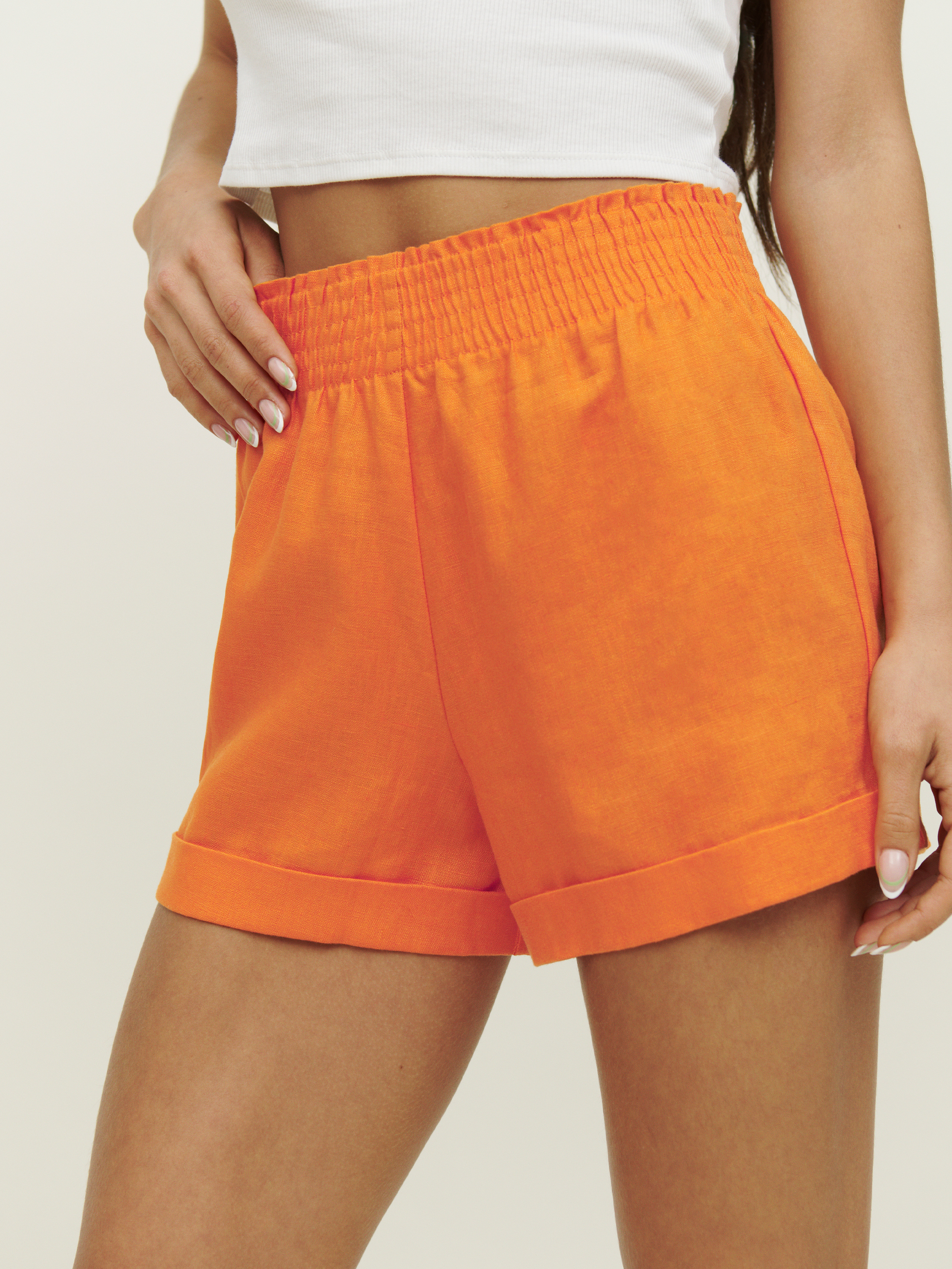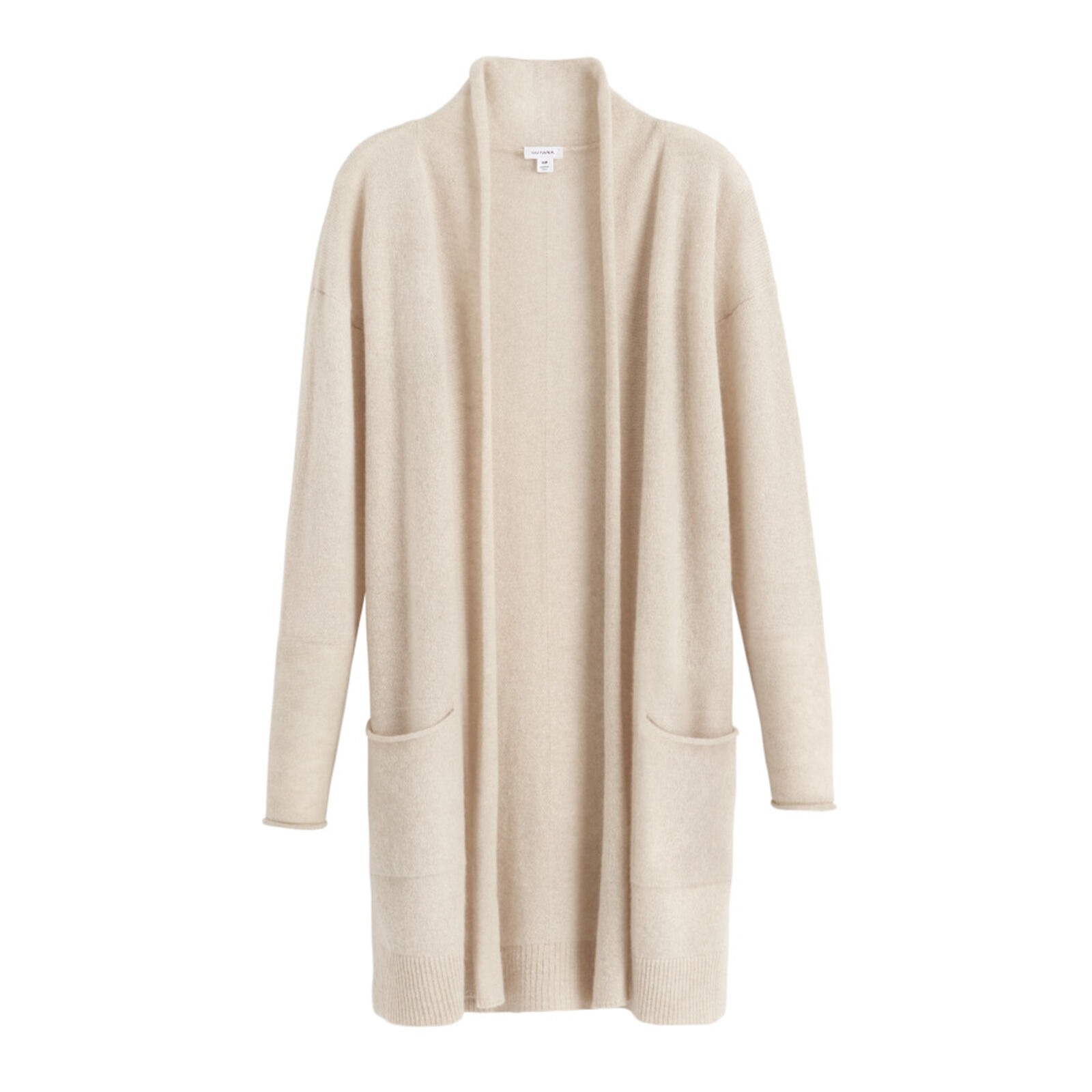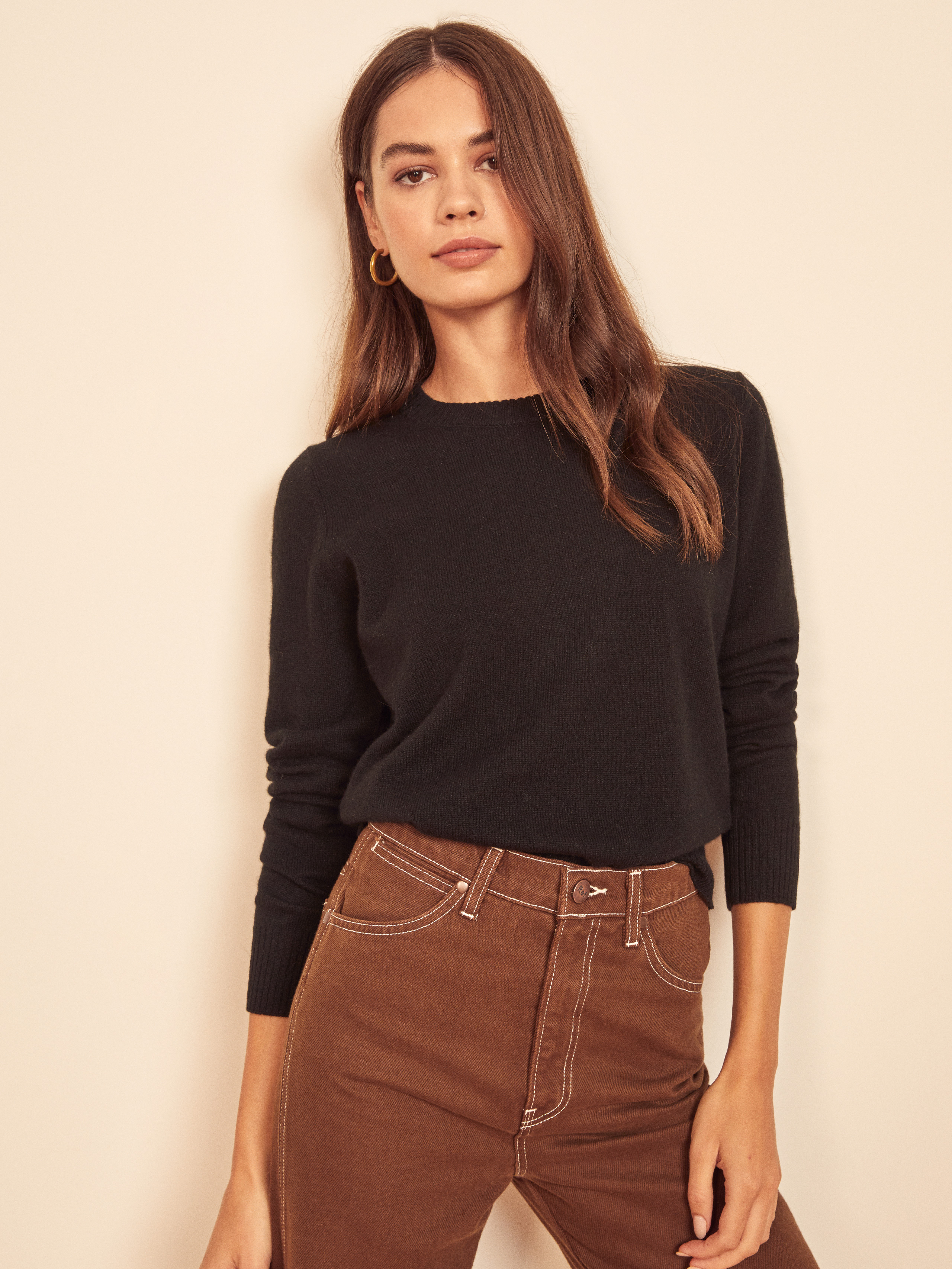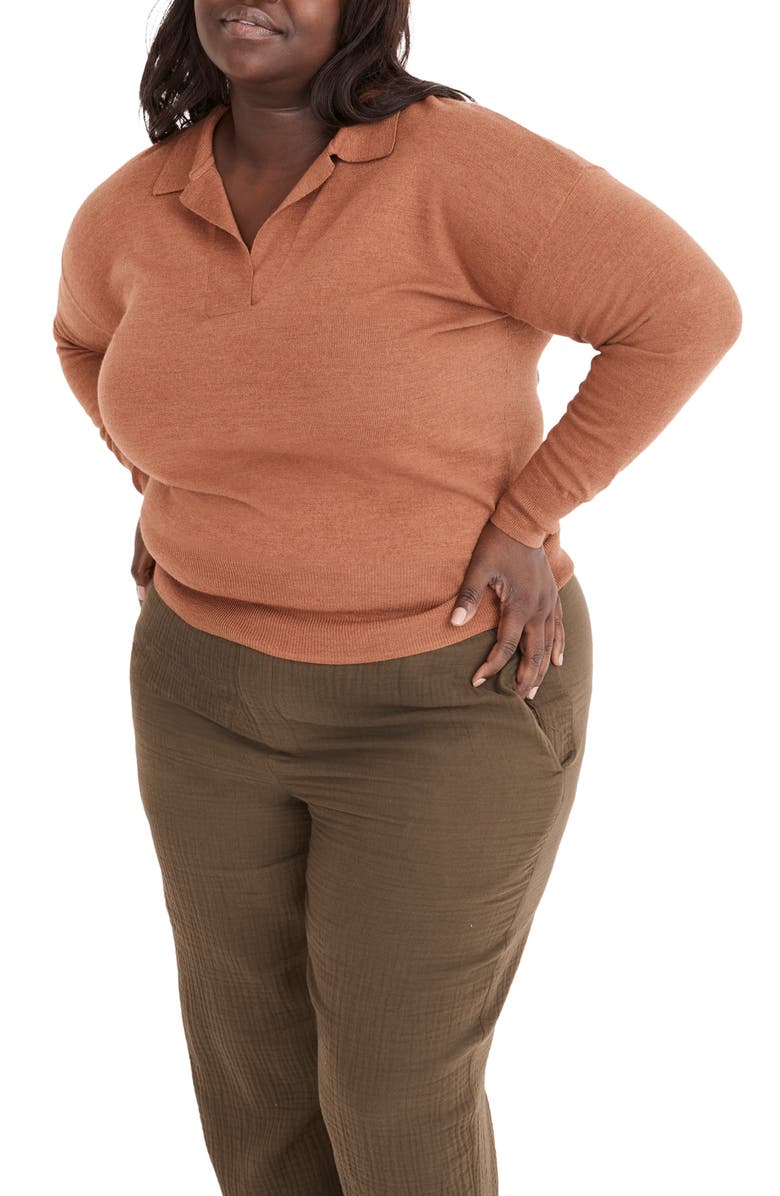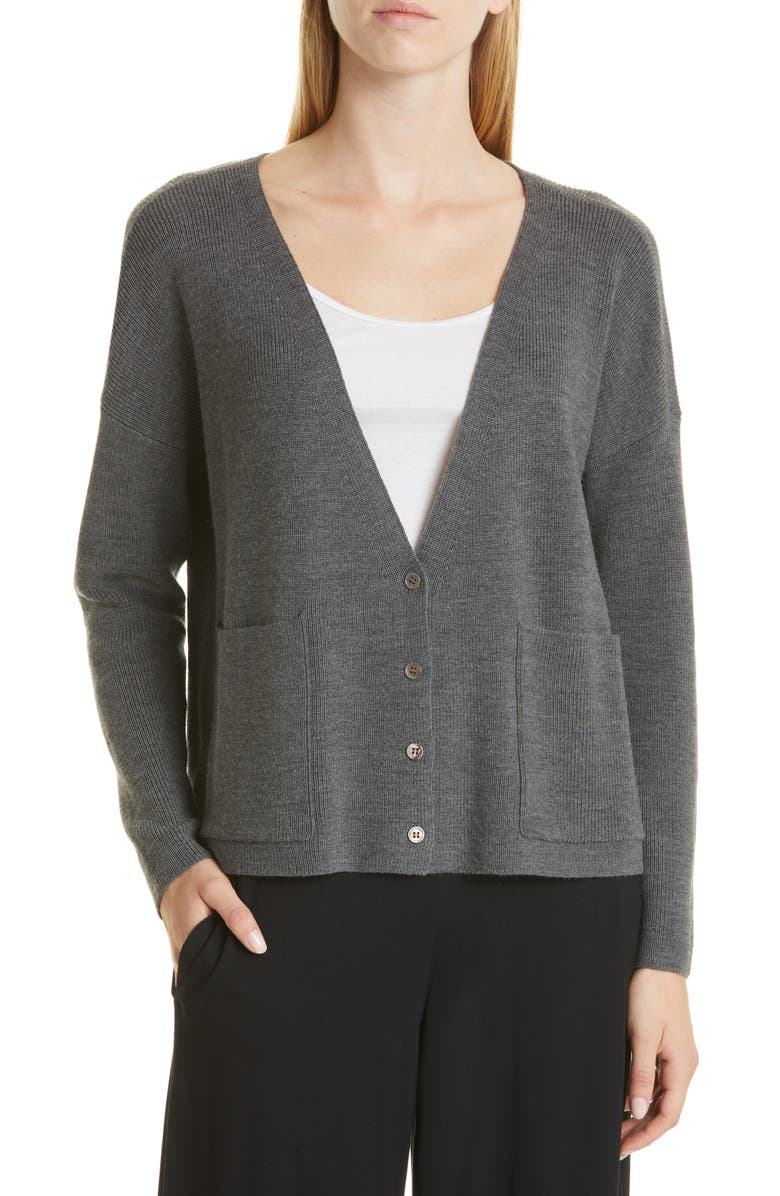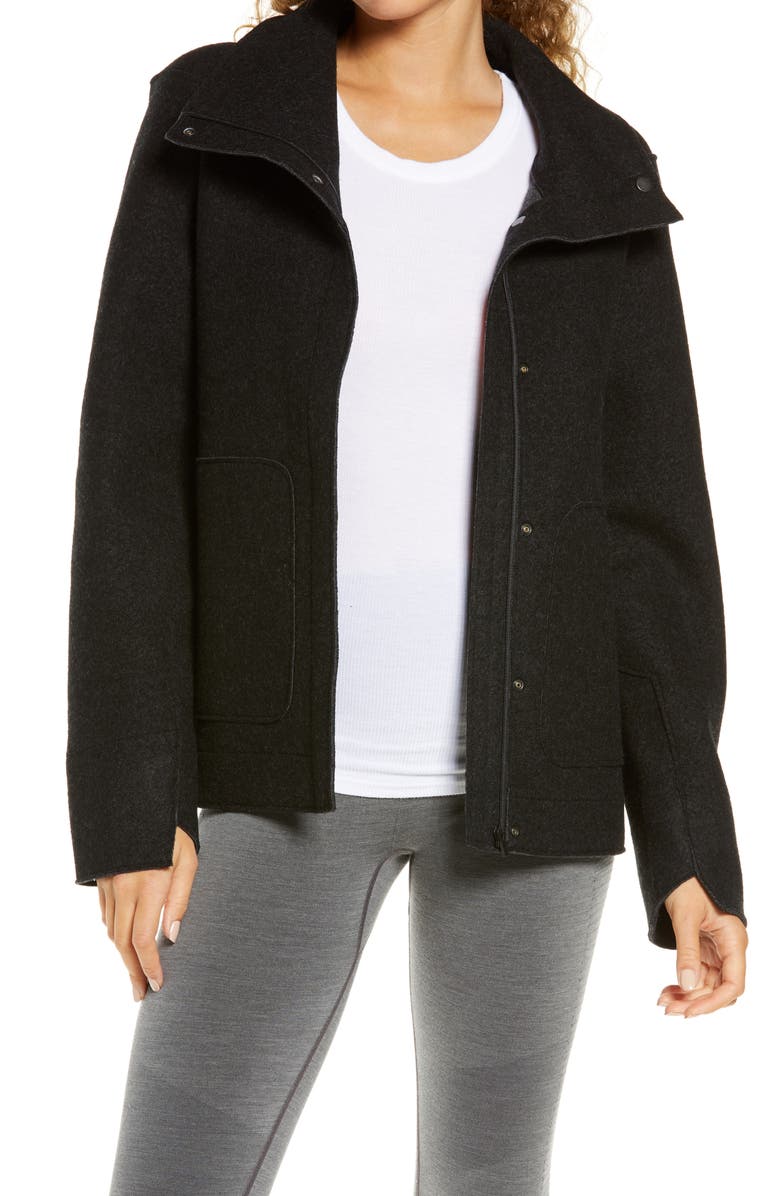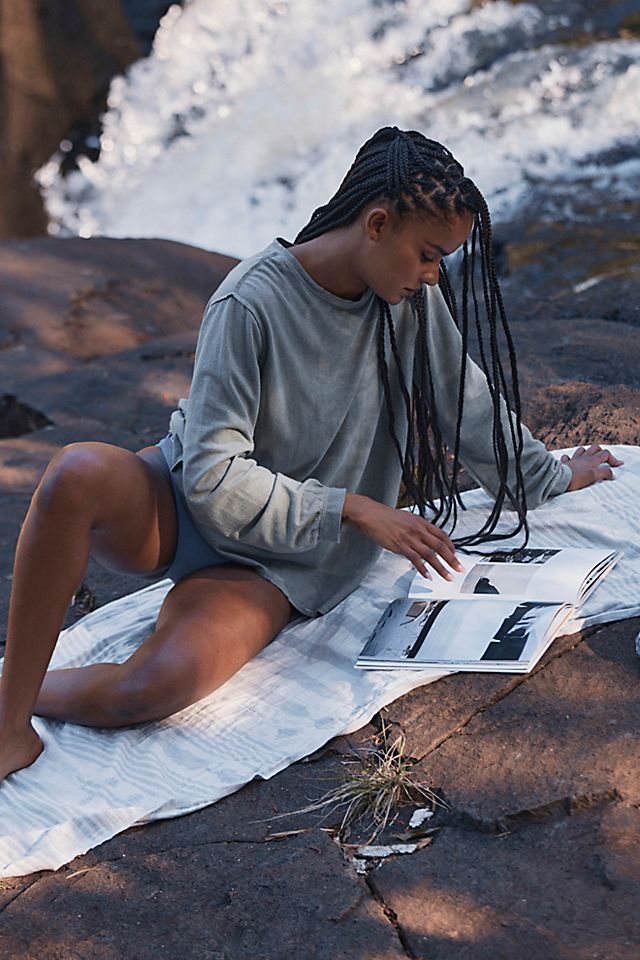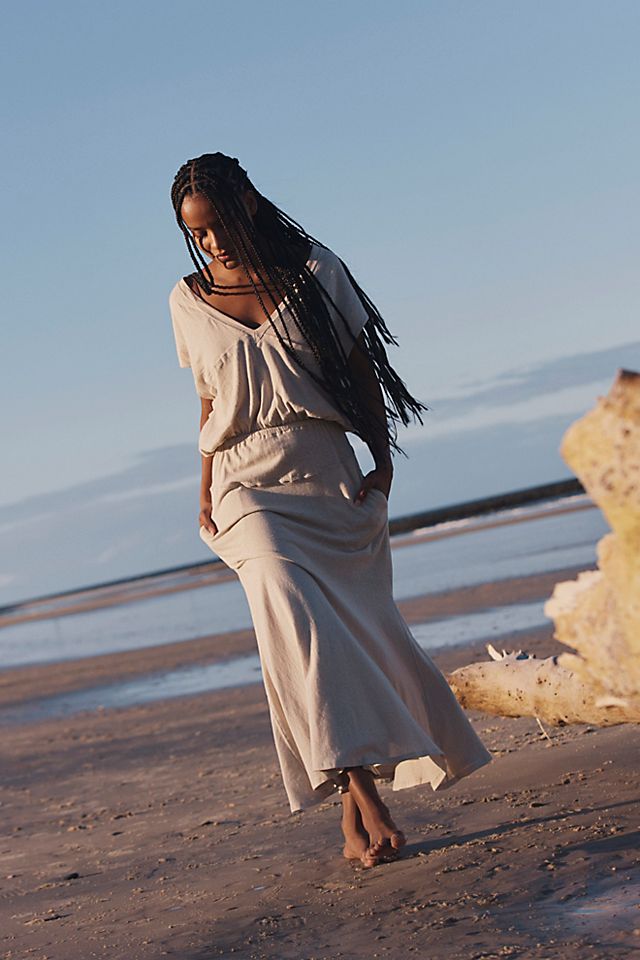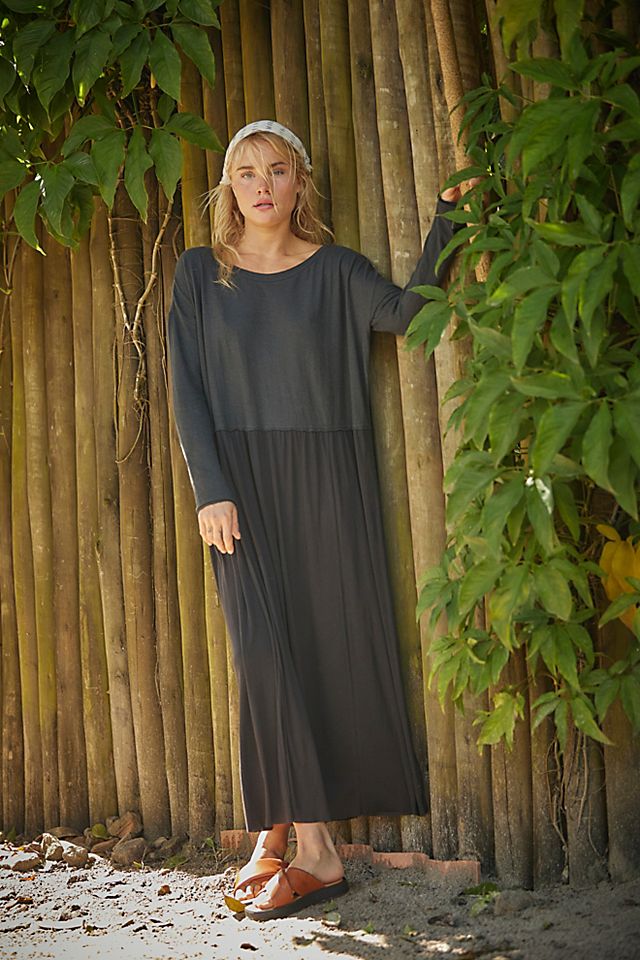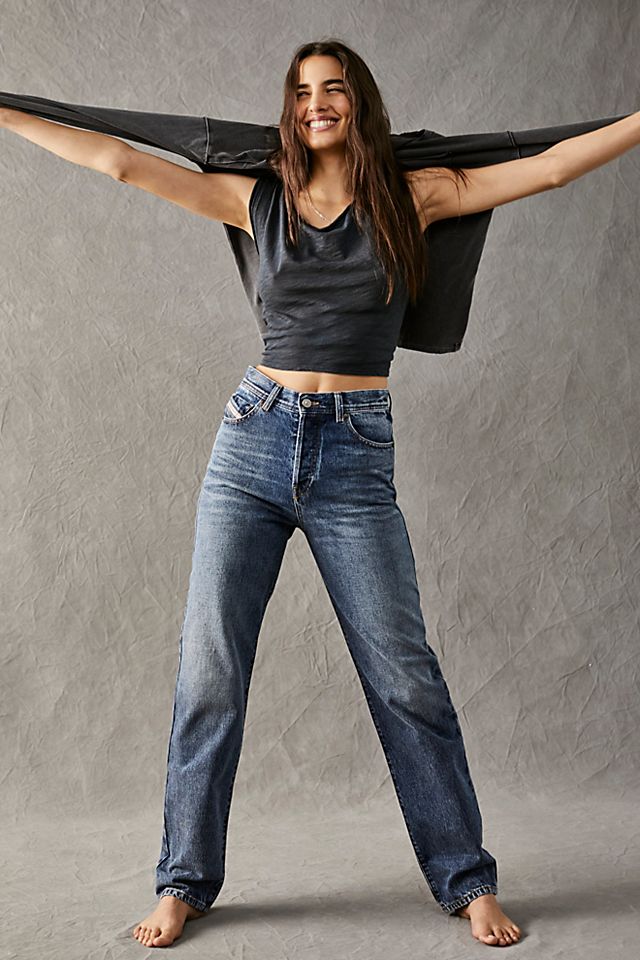The #1 Fabric to Avoid, According to Science

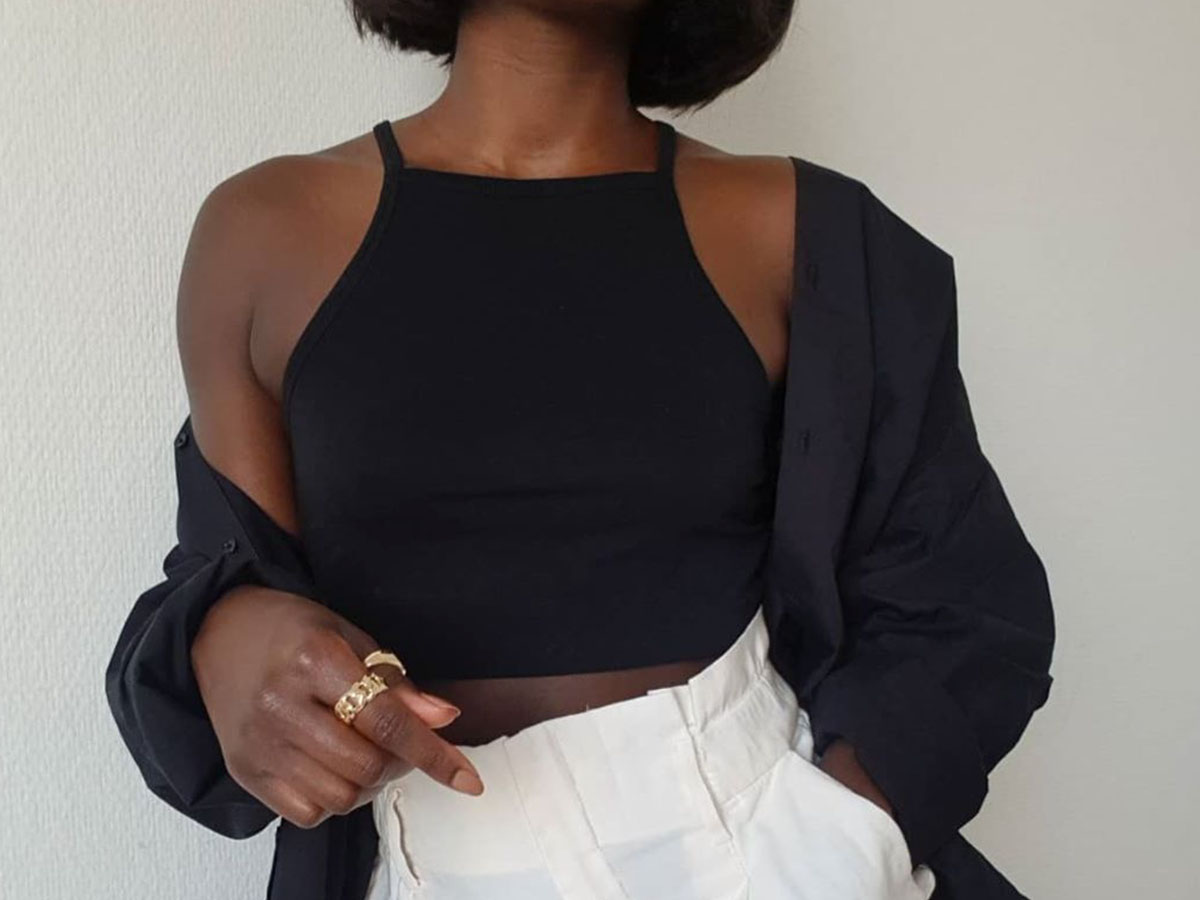
Not to get too biology class on you, but as you know, the skin is by far the body's largest organ. So it goes without saying that protecting it and treating it well is of the utmost importance, which is exactly why we should be thinking about what it comes in contact with every day—like our clothing. And in case you've ever wondered what the worst fabric for skin is, hear us out: it's polyester.
While it's admittedly tricky to avoid every fabric that science deems bad for your skin, informing yourself on the dangers of certain textiles can lead to wiser decisions about how often you choose to purchase and wear harmful fabrics. There's something to be said for the "ignorance is bliss" mindset, but when it comes to small sartorial tweaks that could greatly improve the health of your skin and body, knowledge is undoubtedly the way to go.
To make it a bit easier for you, we did the dirty work and dug through the depths of the internet to provide you with the skin-saving information you need. Keep scrolling to find out the worst fabrics for your skin and to shop stylish pieces made of fabrics that are, alternatively, good for your precious skin.
Bamboo

When you think of bamboo, a buttery-soft, fluid fabric probably comes to mind, but in reality, that's not how it's found in nature. In its natural state, bamboo is stiff and rough. According to research conducted by sustainable outdoor clothing brand Patagonia, the process to convert bamboo to its softest state (rayon fiber) releases toxic chemicals (carbon disulfide, sodium hydroxide, and sulfuric acid—eek!) that are actually reproductive hazards.
Wool
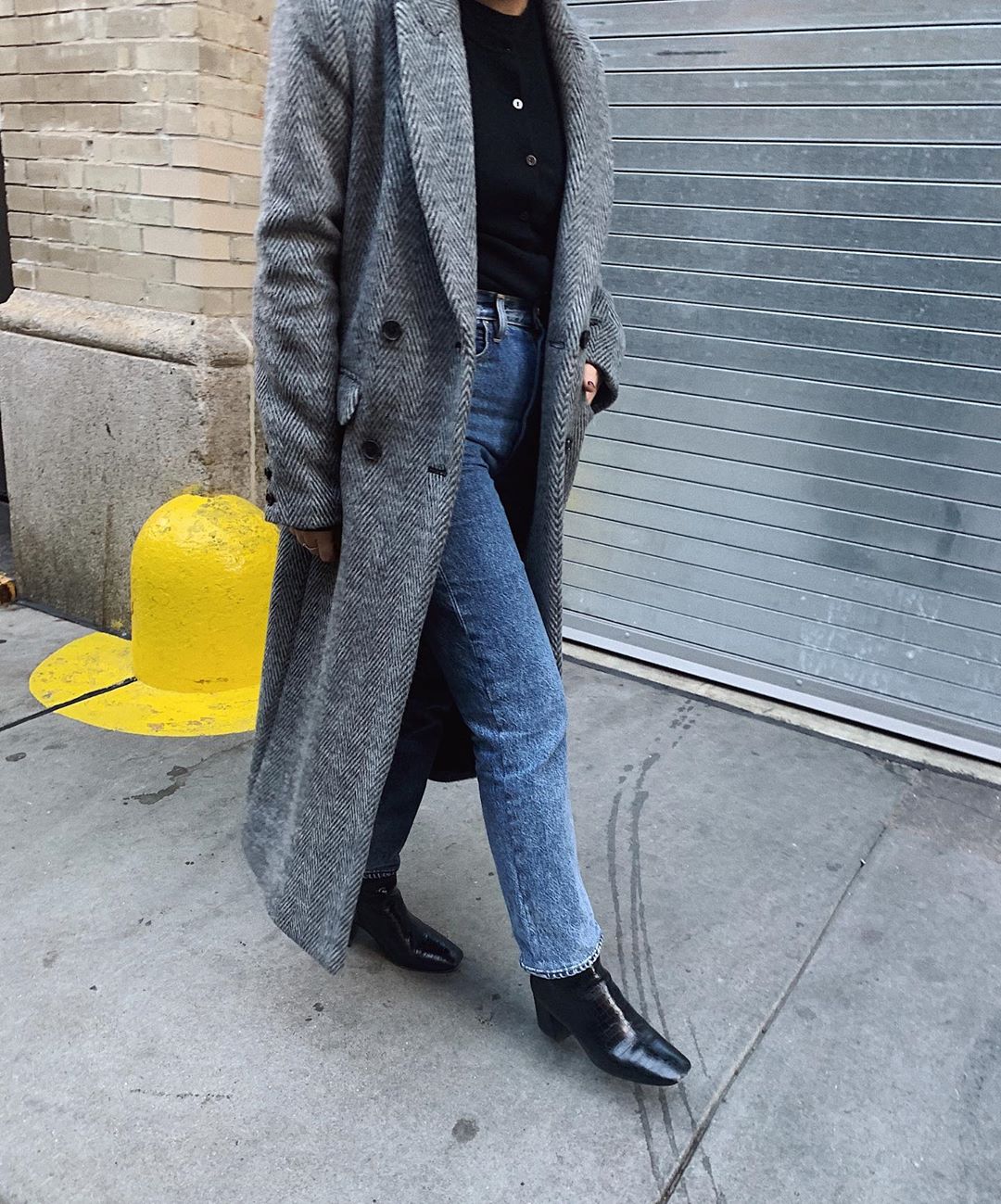
As anyone with dry- or itchy-skin issues will tell you, certain fabrics exacerbate the problem. One of the biggest culprits is one that's found in nature—wool (not to be confused with the softer merino wool). Live Science says that wearing wool can trigger eczema flare-ups, and a Mayo Clinic doctor, Megan Johnston Flanders, MD, says that the fabric can even irritate normal skin.
Synthetic Fabrics
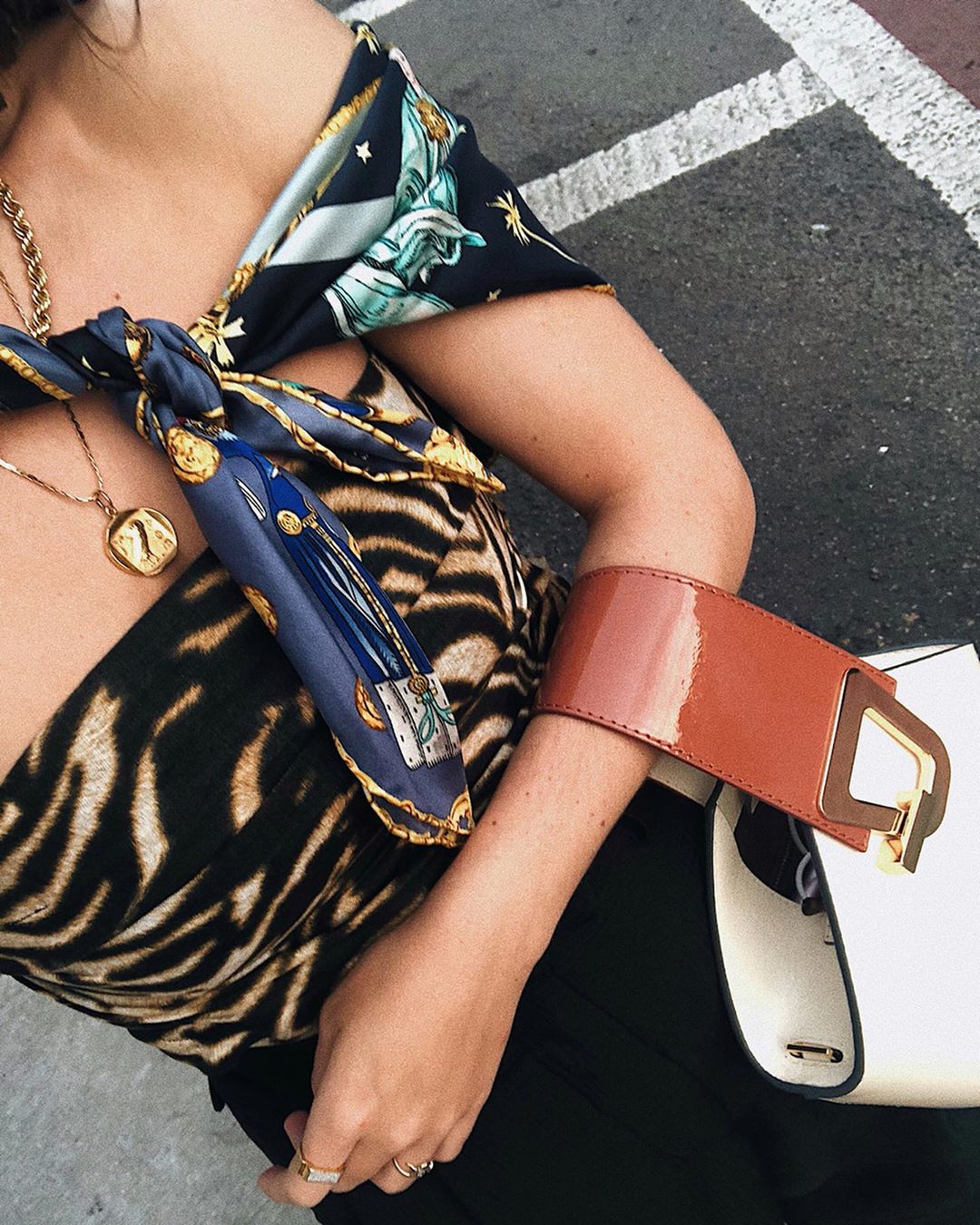
This is the category that holds the majority of the skin-harming culprits. Man-made fabrics like acrylic, polyester, rayon, acetate, and nylon are treated with thousands of harmful toxic chemicals during production, according to ScienceDaily. In a study from Stockholm University, researchers chose four groups of substances related to health risks and tested them for "occurrence, quantity, toxicity, and how easily they may penetrate the skin," and the highest concentrations of two of the substances were found in none other than polyester.
Toxic chemicals aside, synthetic fabrics simply don't breathe, and anyone who's worn polyester on a hot summer day is probably well aware of that. The fabric also traps odors, which Popular Science explained in an article. Not to go into too much gory detail, but skin germs found in sweat feast on chemicals, which synthetic fibers can't absorb, therefore creating an environment for smelly bacteria to grow. All signs point to polyester being the number one worst fabric for skin.
Wrinkle-Resistant Fabrics

Any fabric made to be wrinkle-resistant (even non-synthetic ones) get its wrinkle-free powers from a hazardous chemical called formaldehyde. ScienceDaily reported that greener methods are being investigated, but in the meantime if you're tempted to purchase an item based on this quality, we suggest sticking with natural fabrics and grabbing the steamer instead.
Vintage Clothing

The reason that vintage clothing can be harmful to skin is simple. According to Ava Shamban of Everyday Health, "Old fabrics and furs that have not been cleaned properly or not been stored in a dust-free garment bag can harbor years' worth of dust and dander that can really raise a rash." Do yourself a favor, and get your newly acquired vintage piece thoroughly cleaned before wearing.
The Most Skin-Friendly Fabrics
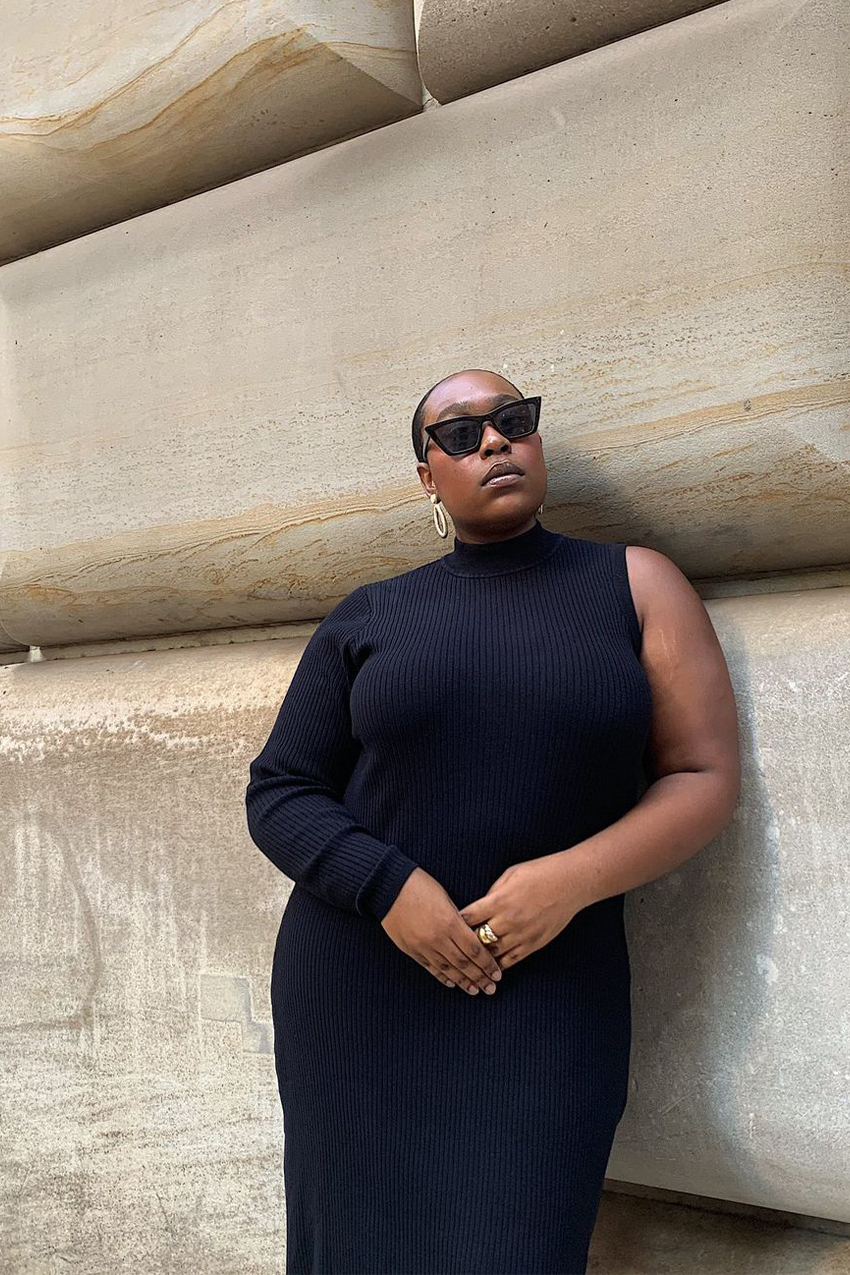
By process of elimination, you've probably already guessed that the best fabrics for your skin are natural ones. These include cotton (especially organic), merino wool (which is softer than wool thanks to finer fibers), cashmere, hemp, silk, alpaca, and linen.
If skin health is a concern of yours, we hope this will encourage you to be more mindful of the materials your clothes are made of.
Shop pieces made of natural fabrics:
1. Cotton
2. Silk
3. Linen
4. Cashmere
5. Merino Wool
6. Hemp
This post was published at an earlier date and has since been updated.
Next: What Exactly Is a Sustainable Fabric? 8 Experts Spill the Tea.

Allyson is a senior editor for Who What Wear. She joined the company in 2014 as co-founder Katherine Power's executive assistant and over the years has written hundreds of stories for Who What Wear. Prior to her career in fashion, Allyson worked in the entertainment industry at companies such as Sony Pictures Television. Allyson is now based in Raleigh, North Carolina, and is originally from Baton Rouge, Louisiana. She holds a BFA in theater arts. Her path to fashion may not have been linear, but based on the number of fashion magazines she collected as a child and young adult, it was meant to be.
-
 Sorry, But Fashion People Are Already Ditching Leopard-Print Shoes for This Elegant Alternative
Sorry, But Fashion People Are Already Ditching Leopard-Print Shoes for This Elegant AlternativeHere are the receipts to prove it.
By Nikki Chwatt
-
 Step Aside, Leopard Print—This Is Unquestionably 2025's It Print
Step Aside, Leopard Print—This Is Unquestionably 2025's It PrintAlaïa and Zara both agree.
By Anna LaPlaca
-
 Jamie Mizrahi's World: The Celeb Stylist's Favorite Red Carpet Look, Most Worth-It Shoe, and Album She Listens to on Repeat
Jamie Mizrahi's World: The Celeb Stylist's Favorite Red Carpet Look, Most Worth-It Shoe, and Album She Listens to on RepeatA modern-day style expert.
By Allyson Payer
-
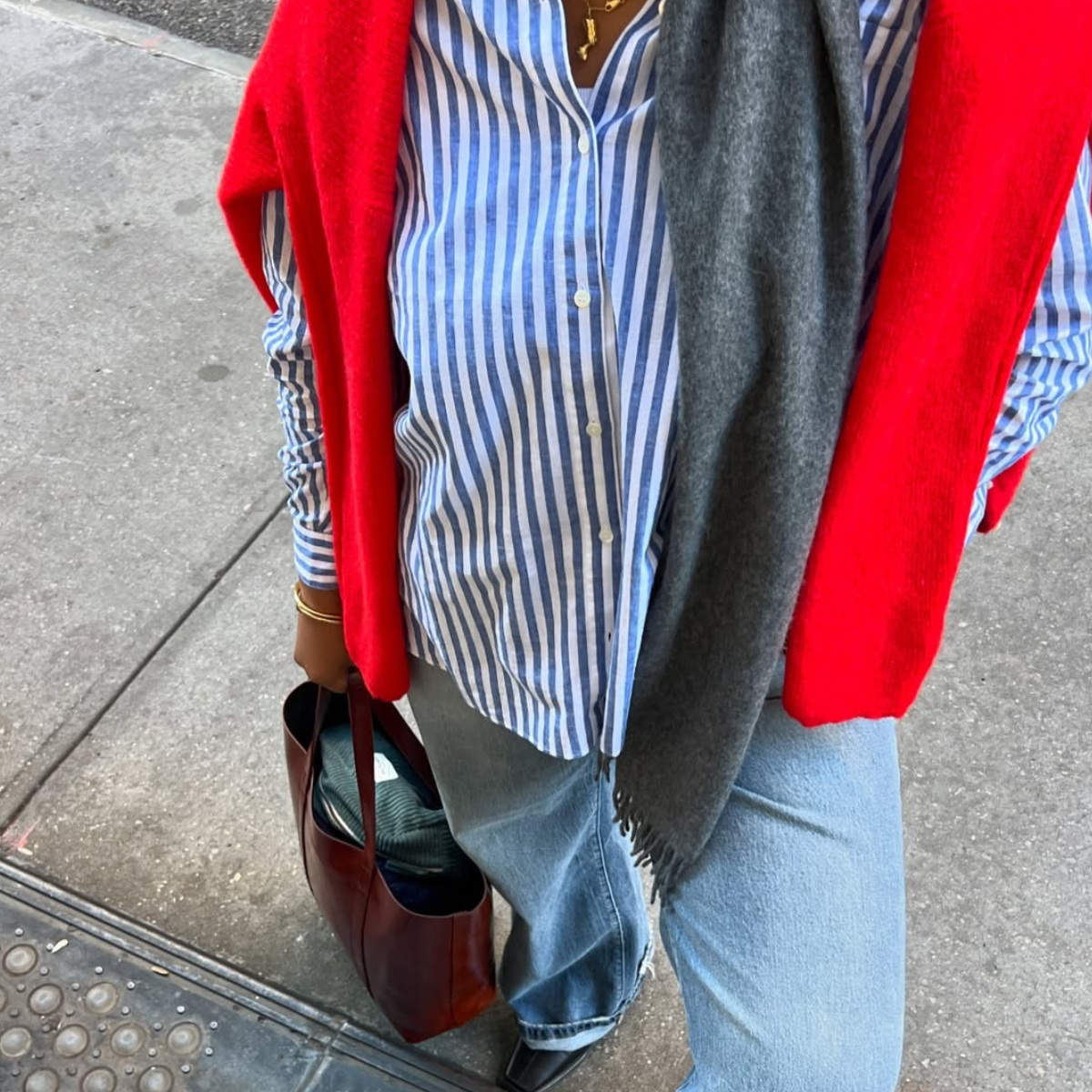 How Everyone Will Be Wearing Their Non–Skinny Jeans This Spring
How Everyone Will Be Wearing Their Non–Skinny Jeans This SpringHere's your outfit inspiration.
By Michelle Scanga
-
 Suddenly, Women With The Row Style Are Breaking This Fashion Rule
Suddenly, Women With The Row Style Are Breaking This Fashion RuleYou should too.
By Nikki Chwatt
-
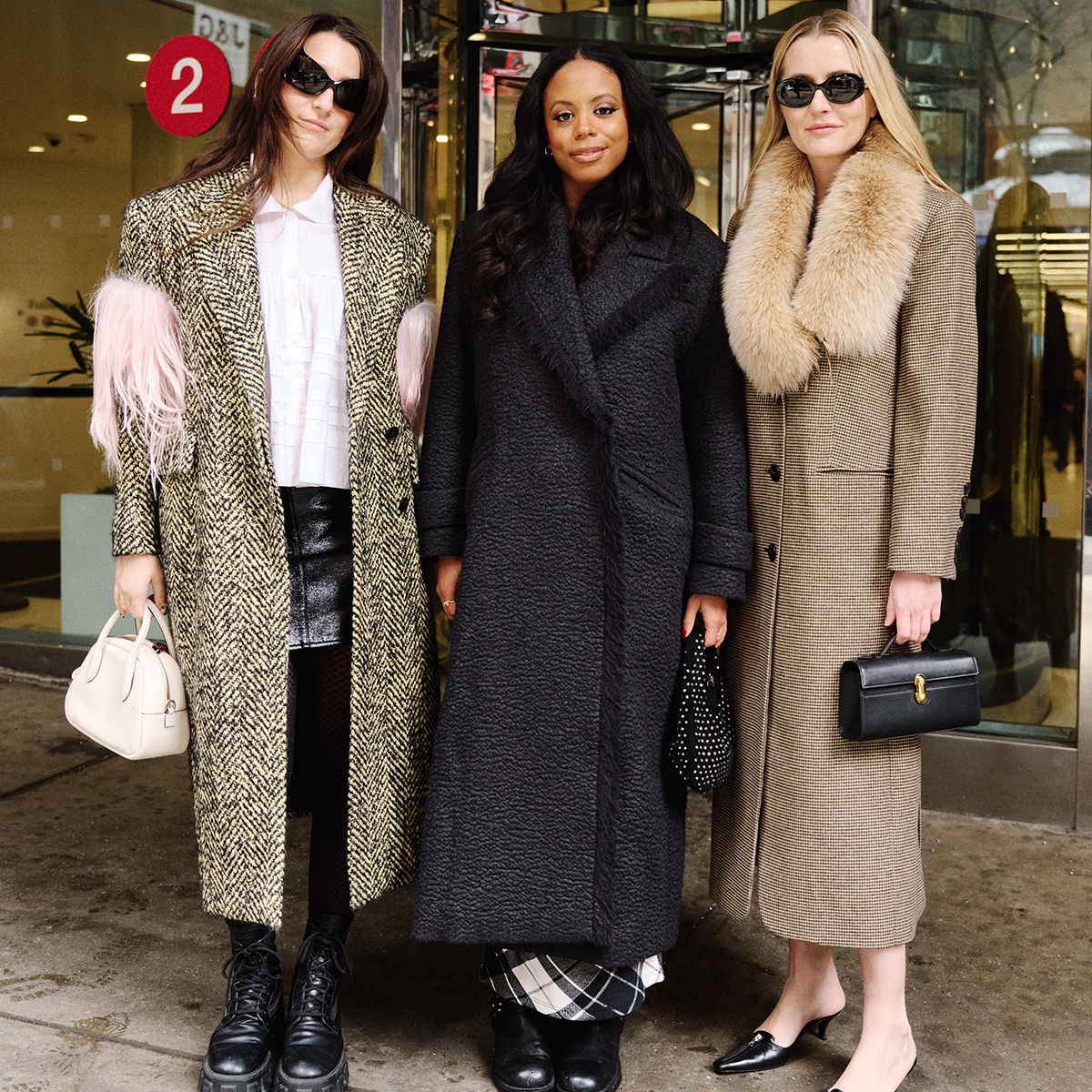 We're Fashion Editors—Everything We Saw, Wore, Did, and Ate During NYFW
We're Fashion Editors—Everything We Saw, Wore, Did, and Ate During NYFWLet's dive in.
By Anna LaPlaca
-
 Jenna Lyons's World: Her Go-To Red Lipstick, Her Latest Eyewear Collab, and the J.Crew Pieces She Still Wears Today
Jenna Lyons's World: Her Go-To Red Lipstick, Her Latest Eyewear Collab, and the J.Crew Pieces She Still Wears TodayA true fashion icon.
By Judith Jones
-
 Not Into Trends? Renée Zellweger's Winter Outfit Combo Is 100% Classic
Not Into Trends? Renée Zellweger's Winter Outfit Combo Is 100% ClassicJust as you are.
By Drew Elovitz
